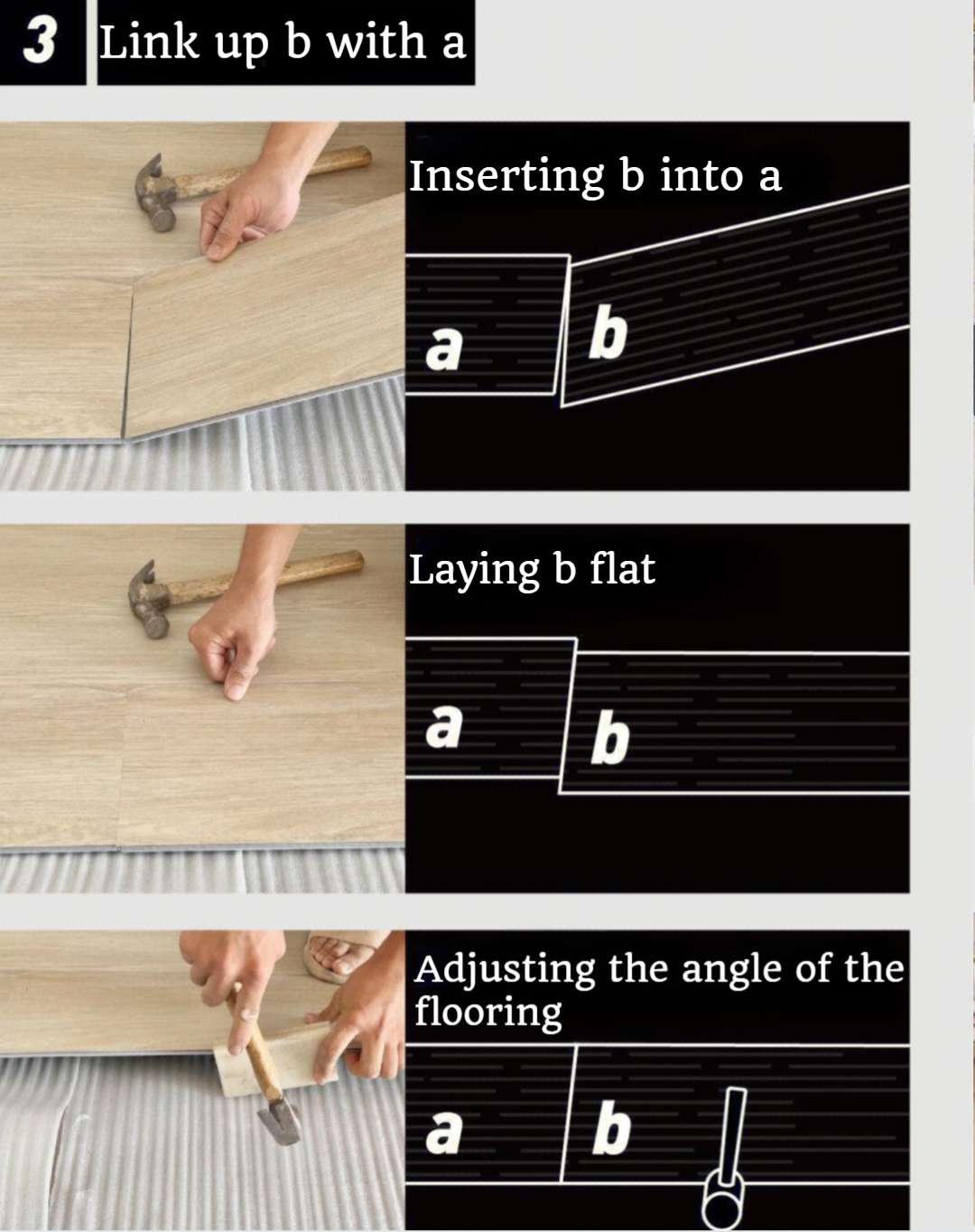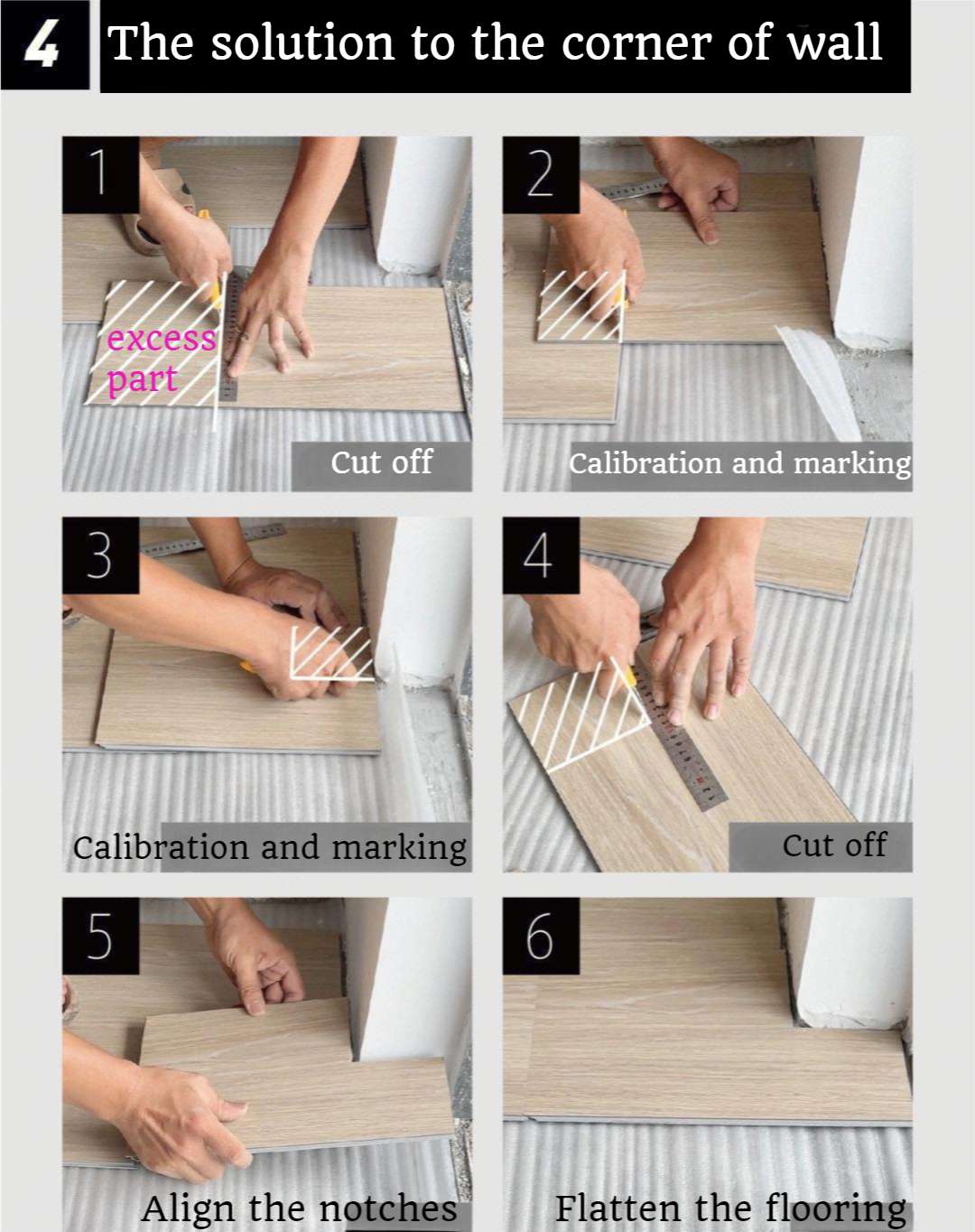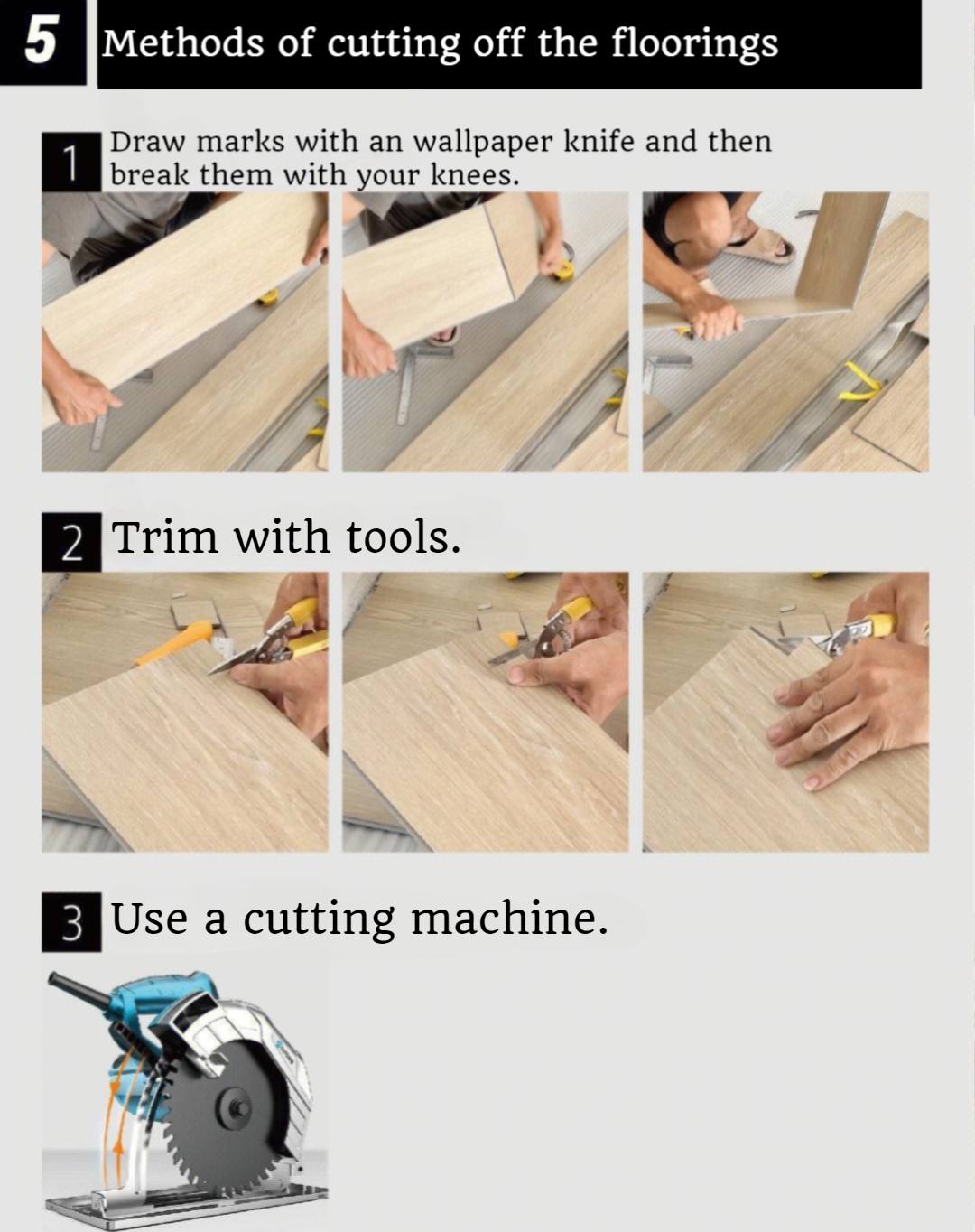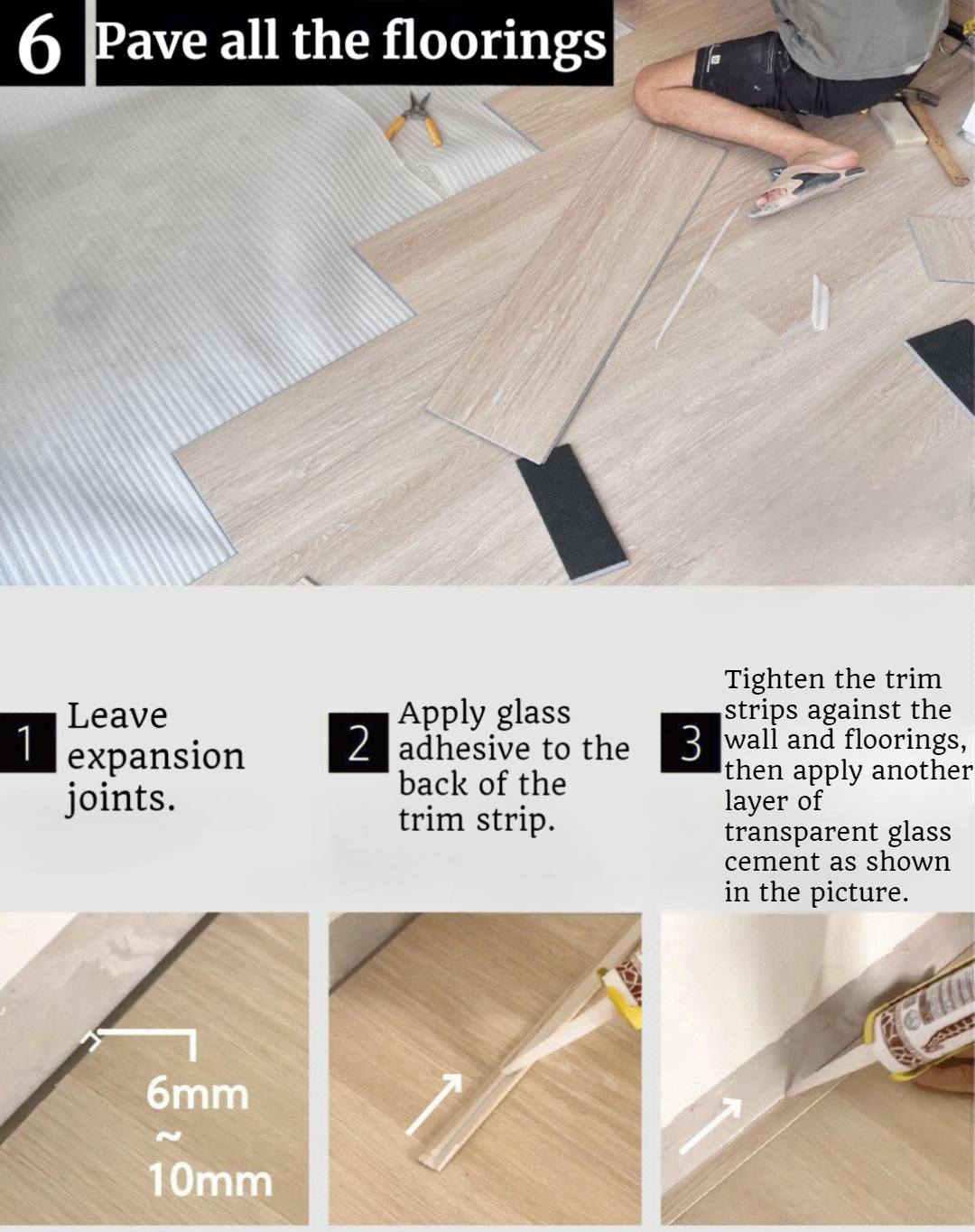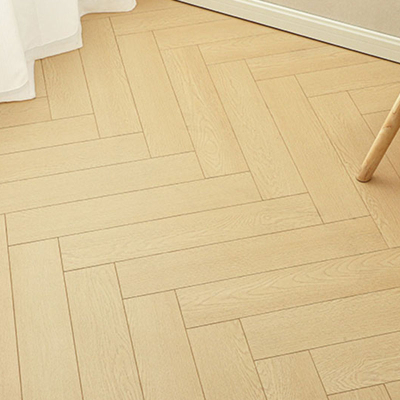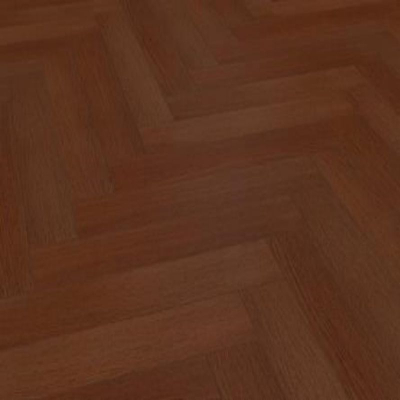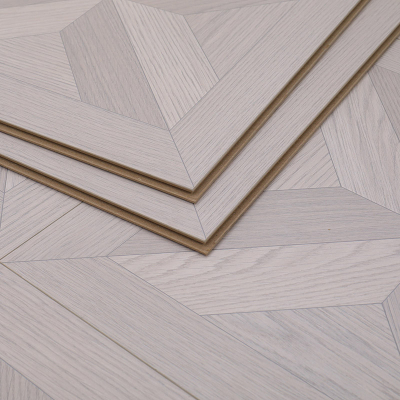Installation and Maintenance of SPC Flooring
Installation and Maintenance of SPC Flooring
Stone Polymer Composite (SPC) flooring is widely recognized for its durability, waterproof properties, and aesthetic versatility. Ideal for both residential and commercial applications, SPC flooring combines a rigid core with a decorative surface, ensuring long-lasting performance. Proper installation and maintenance are critical to preserving its structural integrity, appearance, and compliance with industry standards.
Technical Composition
SPC flooring typically consists of:
Wear Layer: UV-coated layer providing scratch, stain, and abrasion resistance.
Decorative Layer: High-definition printed designs mimicking wood, stone, or other textures.
Rigid SPC Core: Calcium carbonate and PVC composite for dimensional stability.
Backing Layer: Balances the structure and prevents warping.
This layered structure ensures waterproofing, high impact resistance, and longevity.
Installation Guidelines
Subfloor Preparation
Must be clean, dry, and level within ±2mm per 2m.
Concrete subfloors should have a vapor barrier to prevent moisture migration.
Wooden subfloors must be structurally sound and free of squeaks.
Layout and Placement
Acclimatization: Allow SPC planks to acclimate for 48 hours in the installation environment.
Expansion Gaps: Maintain 8–10mm around walls and fixed structures.
Patterning: Dry-lay panels to ensure consistent alignment and color distribution.
Installation Methods
Floating Installation: Click-lock system allows easy glue-free placement.
Glue-Down Installation: Recommended for areas with extreme traffic or commercial use.
Tools Required: Rubber mallet, spacers, tapping block, and cutting tools.
Maintenance Guidelines
Routine Cleaning: Sweep, vacuum, or damp mop with pH-neutral cleaner.
Spill Management: Wipe liquids immediately to maintain waterproof properties.
Furniture Protection: Use felt pads under furniture legs.
Avoid Abrasive Cleaners: Do not use steel wool or harsh chemicals.
Temperature and Humidity Control: Maintain indoor temperature 18–28°C and humidity 40–60%.
Regulatory Compliance
High-quality SPC flooring typically meets:
EN 13329: Laminate flooring performance standards.
EN 13501-1: Fire performance classification.
E1 Formaldehyde Emission Standard: Ensures safe indoor air quality.
DIN 51130 / EN 13893: Slip-resistance for safety in wet areas.
Compliance guarantees both safety and long-term durability.
Advantages and Benefits (Summary ~100 words)
Properly installed and maintained SPC flooring offers exceptional durability, waterproofing, and aesthetic versatility. Its rigid core prevents warping and swelling, while the wear layer resists scratches, stains, and UV damage. Installation is simplified via click-lock systems, allowing quick floating or glue-down methods for commercial or residential applications. Low-maintenance cleaning, moisture resistance, and adherence to EN, DIN, and E1 standards ensure safety, environmental compliance, and long-term performance. SPC flooring is suitable for high-traffic areas, wet rooms, and design-conscious interiors, providing a cost-effective, sustainable, and visually appealing flooring solution that retains value over decades.
Frequently Asked Questions (FAQ)
Q1: Can SPC flooring be installed over underfloor heating?
Yes, provided the surface temperature remains below 27°C and installation guidelines are followed.
Q2: How long should SPC flooring acclimate before installation?
Typically 48 hours in the intended room environment.
Q3: What cleaning methods are safe for SPC flooring?
Regular sweeping, vacuuming, or damp mopping with a pH-neutral cleaner; avoid steam cleaners and abrasive materials.
Q4: Can SPC flooring be installed in bathrooms or kitchens?
Yes, SPC is fully waterproof, but expansion gaps and edge sealing are essential for optimal performance.



